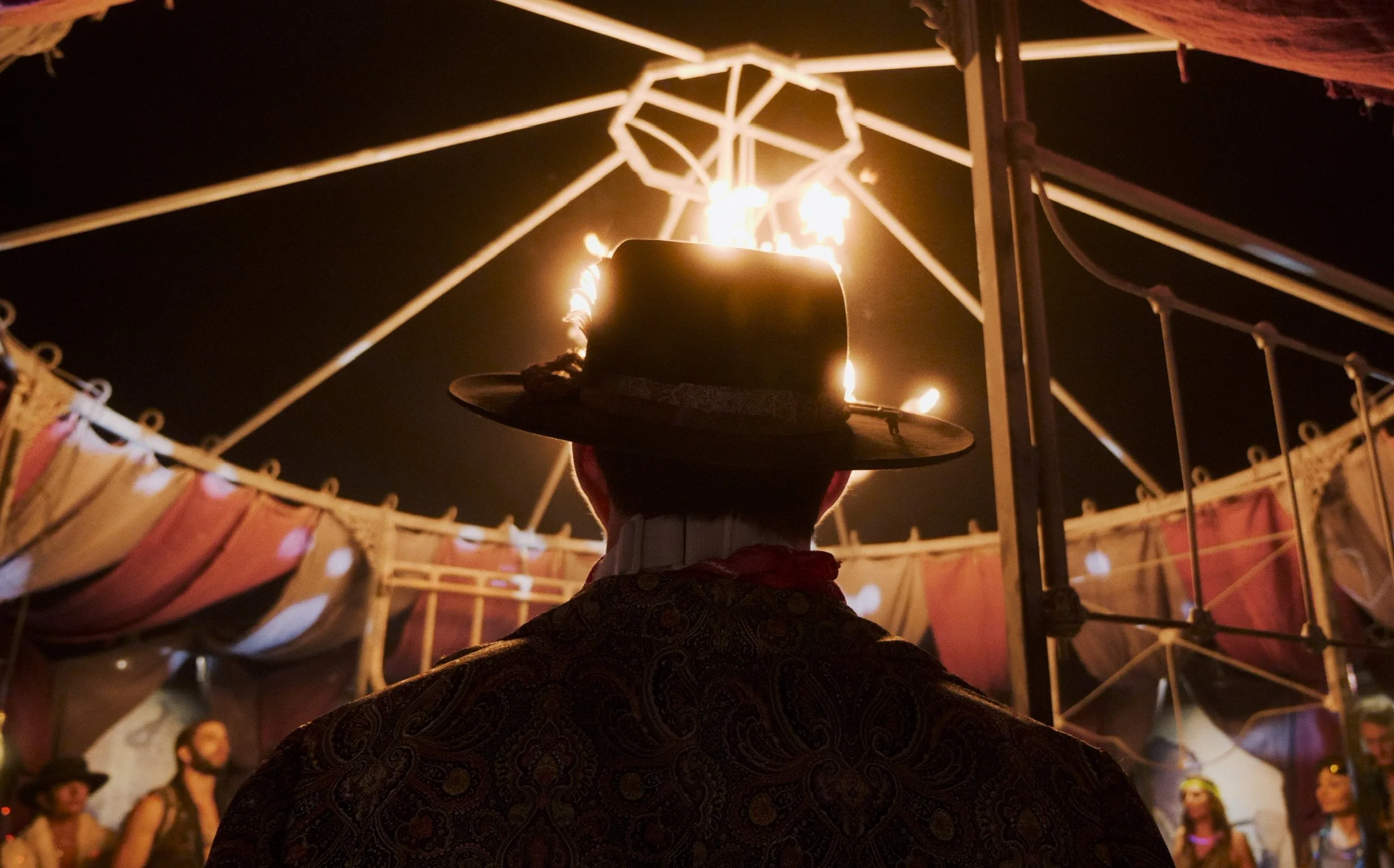The Art of Music Video Choreography: Creating Visual Rhythms
Choreography plays a crucial role in music videos, adding energy, emotion, and storytelling through movement. Whether you're working with professional dancers or creating simple movements, choreography can elevate your music video and captivate your audience.
Collaborating with Choreographers
If your music video involves dance, consider collaborating with a professional choreographer. A choreographer brings expertise in movement and can create routines that enhance the music and narrative. Work closely with the choreographer to ensure that the choreography aligns with your creative vision.
Translating Music into Movement
Music is the foundation of any music video, and choreography should complement the rhythm and mood of the song. Listen to the music carefully and identify key moments that can be enhanced through movement. Consider the emotions and themes of the song and translate them into choreography that tells a story.
Creating Dynamic Visuals
Choreography is a powerful visual tool. Experiment with different camera angles, movements, and editing techniques to capture the energy and emotion of the choreography. Use wide shots to showcase group performances and close-ups to highlight individual movements and expressions.
Incorporating Visual Effects
Visual effects can enhance choreography and add a unique touch to your music video. Experiment with effects such as slow motion, motion blur, and overlays to create visually striking images. Use effects sparingly to enhance the choreography without overpowering it.
Rehearsing and Refining
Rehearsals are essential to perfecting choreography. Allow ample time for rehearsals to ensure that dancers are comfortable with the movements and can perform them confidently. Encourage collaboration and feedback from the dancers to refine the choreography and make it the best it can be.

